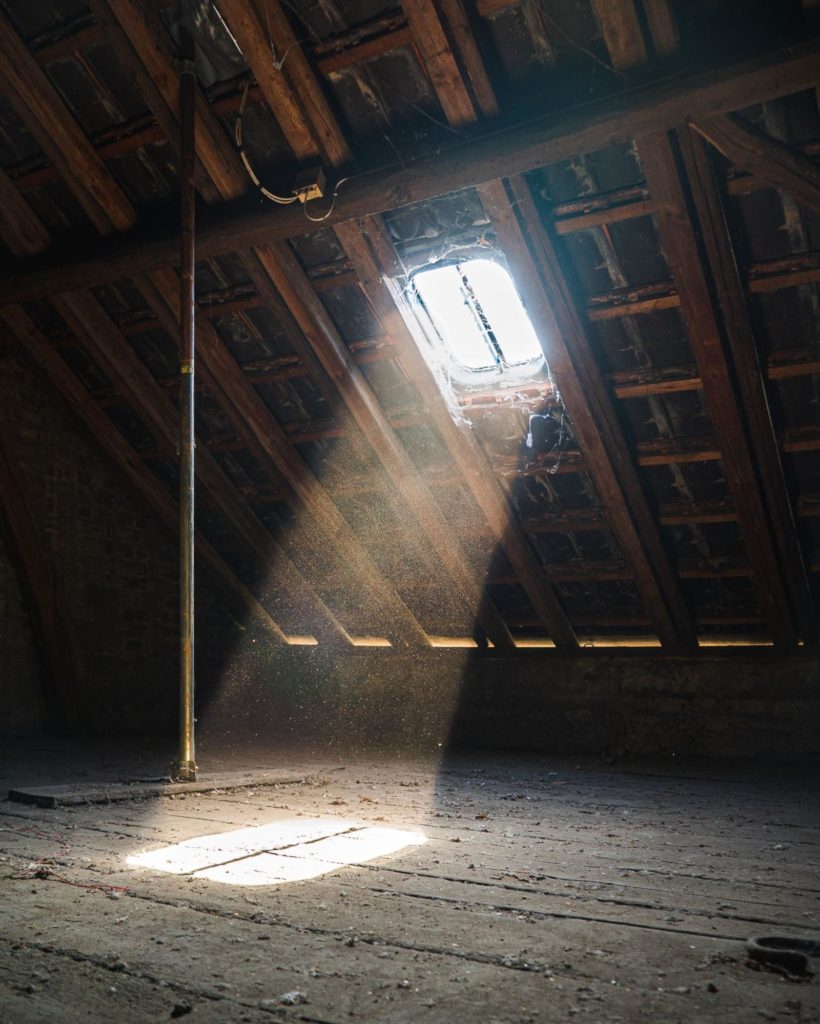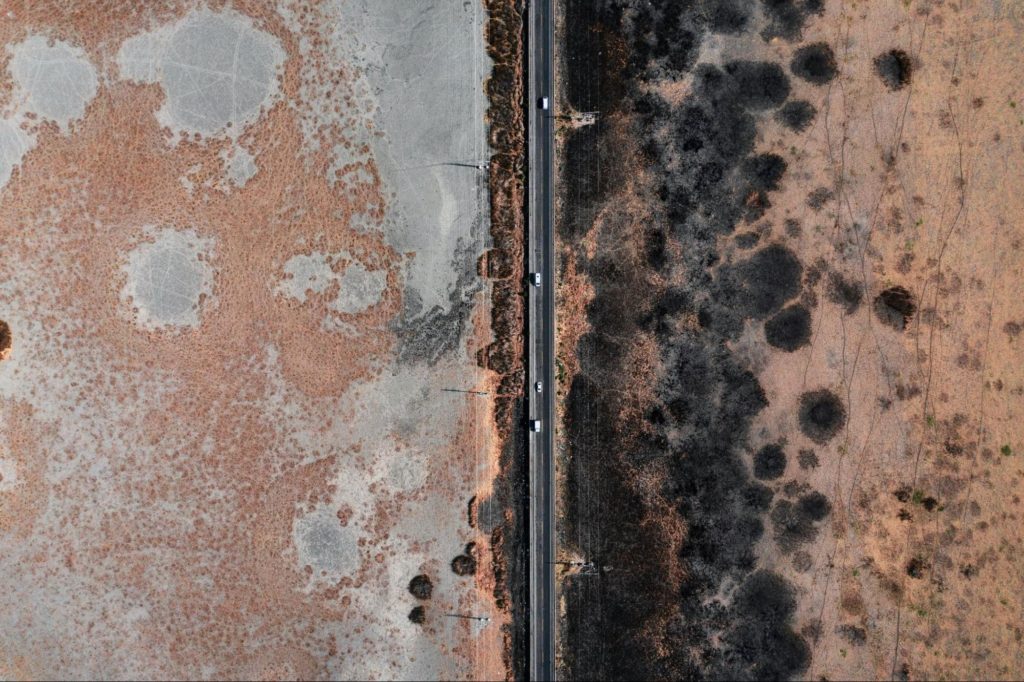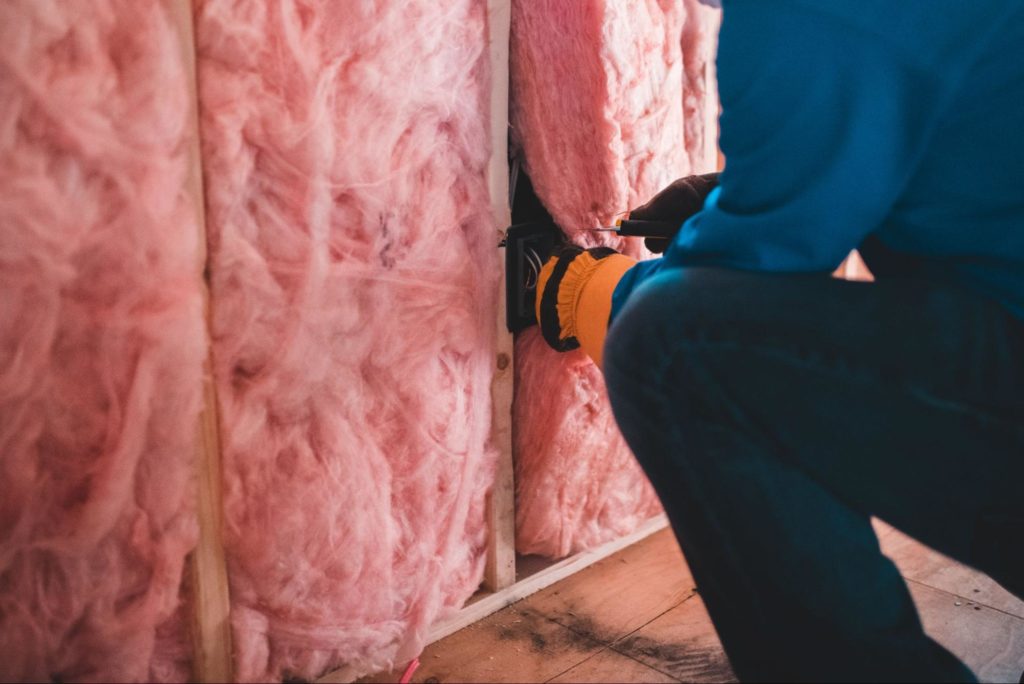Dealing with Frost in Attic: Causes, Prevention, and Solutions

The winters in Alberta can surprise you. One moment, it's icy cold due to the cold weather, then suddenly, the sun's out, and it gets warmer. But just as quickly, the cold comes back again.
Sometimes, after these quick weather changes, you might spot dark patches on your ceiling. This is a sign that you have a problem with condensation. What's happening is that your attic is getting too frosty.
This frost builds up because of too much moisture that comes from the warm air when the temperature drops. This is often called Attic Frost, Ice Dams, or Ice Damming. A lot of people don't realize they have this problem until it's too late.
But how does this happen, and how can you stop it?
After enjoying some warm weather over the weekend, it looks like Alberta is about to get hit with more snow and colder temperatures.
Before we get ready for another week of freezing weather, let's figure out how to stop attic frost from happening. It could save you a lot of trouble down the line.
Why Does Frost Form in the Attic?

When there’s frost buildup, a homeowner’s first thought is a roof leak. It isn’t wrong but it also isn’t always the case. Attics need to be at the same temperature as outside weather to prevent Ice Dams and leaks.
But high humidity, attic ventilation, and air leakage from the ceiling cause warm air to seep into the attic where it builds condensation.
Heat travels to your attic through open bypasses. These hidden passageways could be chimneys, heating ducts, attic ventilation fans, and plumbing.
If you notice any leaks, no matter how small, seal them up. Even insignificant bypasses can cause enormous damage over time.
Some air leakage pathways hide under insulation so it’s a good idea to get a professional opinion.
The sooner someone is available to check for air leaks, the sooner you can prevent water damage.
The Dangers of Attic Frost

Frost buildup in your attic can turn into a serious issue when warmer weather comes around. As the frost melts, it makes your insulation damp, which can then draw in heat instead of blocking it. This leads to your attic heating up, causing more dampness in your home and losing heat.
If there's a lot of humidity, your roof structure can start to weaken. The glue that holds it together can lose its strength and might need replacing.
Mold festers in the presence of moisture. It’s a health hazard for dwellers and houses.
Left unattended, mold damages insulation, sheathing, and other areas of your attic.
Lastly, water stains on your ceilings or walls are a good indicator that you have attic condensation. It’s most noticeable around bathroom exhaust ducts that weren’t properly installed.
Moisture collects in the ducts and travels down into the ceiling.
How to Prevent Attic Frost from Forming

Now that we know the issues caused by attic condensation, how can we stop it from happening?
Plug All the Air Leaks
Start by plugging all the air leaks. Use closed-cell insulation to block all routes for air to get in, or hire a professional to do the insulation work.
Reduce Humidity
Another effective way to lower the risk of frost in your attic is by reducing humidity. Ecohome recommends maintaining it between 35 to 40%. Anything above 50% is too high.
Switch on fans in your bathroom and kitchen during showers and cooking to help lower indoor dampness. Keep them on for about an hour to bring the humidity levels back down.
Check HVAC
Unbalanced pressure in your home can worsen air leaks. This is more likely in taller buildings.
Check your HVAC ductwork to make sure it's balanced. Unbalanced pressure can cause more air to flow at the top of your home, which can increase humidity.
Put Air Barriers on Your Ceilings
Another option is to put up air barriers on your ceiling. This is hard work and can be dangerous if you accidentally step on a loose nail, but it can help insulate your attic better.
Use tape, caulking spray, spray foam, or other materials from your local home improvement store to cover any gaps.
If your attic doesn't have an air barrier already, install one of those first. Put up a polyethylene vapour barrier before you add insulation. If you're working on an older home or not sure what to do, get an expert's help.
Older homes might have outdated wiring that needs replacing before you can proceed.
There are many ways to prevent frost, but air sealing has proven time and time again to be the best method.
Benefits of Preventing Attic Frost
Keeping your attic in good condition can save you a lot of trouble. By preventing attic frost, you can reduce your heating bills, avoid damage to your home's structure, mold growth, and leaks. It's really worthwhile to know how to get your home ready for the winter season.
Here's a quick recap of how to stop dampness from building up in your home:
- Seal all air gaps
- Keep humidity low
- Balance your HVAC duct system
- Put up air barriers on your ceiling
If you're not sure what to check for or want a professional attic inspection, we're here to help!
Get in touch with us now to schedule an appointment!




